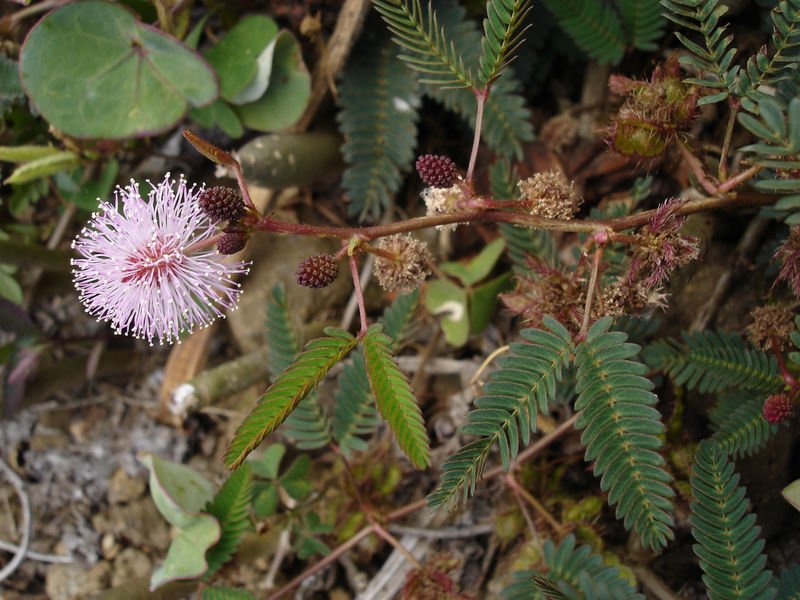|
glyph numbers and days are counted from Ha1-4 |
 |
 |
 |
 |
 |
|
Hb9-17 |
Hb9-18 |
Hb9-19 |
Hb9-20 (1077) |
Hb9-21 |
|
358 |
359 |
360 |
3 (Ha1-1--3) + 1077 + 216 = 1296,
which means that from moe in Hb9-21 there are 216 / 3 = 72 days
to the end of side b. But there are 216 days both on
side a and on side b. 216 days is equal to 3 * 72 days. We can therefore understand 1296 glyphs
as equal to 6 * 72 days. 6 * 72 = 432 = 12 * 36 = 18 *
24 = 9 * 48 = 3 * 144 = 8 * 54 = 16 * 27.
Next, we should search
for the effects of rau hei at Hb9-19. Given
the pattern from G we can hope to find a tao
glyph (or similar) 243 days later. 72 of those days are
at the end of side b, which leaves 243 - 72 = 171 (= 9 * 19, cfr
Hb9-19) days to the beginning of side a.
3 * 171 = 513 glyphs,
and glyph number 513, counted from Ha1-1, is Ha10-11 -
and indeed it is a tao glyph:
|
glyph numbers
and day numbers are counted from Ha1-4 |
 |
 |
 |
216 |
510 |
 |
 |
 |
|
Hb9-18 |
Hb9-19 |
Hb9-20 (1077) |
Ha10-9 |
Ha10-10 |
Ha10-11 (510) |
|
243 |
510 / 3 = 170 |
The honui glyph
in Ha10-9 has a ragi head, possibly meaning it is
the beginning of
'nighttime'. Which it ought to be because rau hei
in Hb9-19 is a nighttime 'sacrifice' - there is room for a
new one of the same general type. (The 'sacrifice' of
Ulu produced primarily the breadfruit, ulu, I
suppose, the other plants could be later additions.)

















